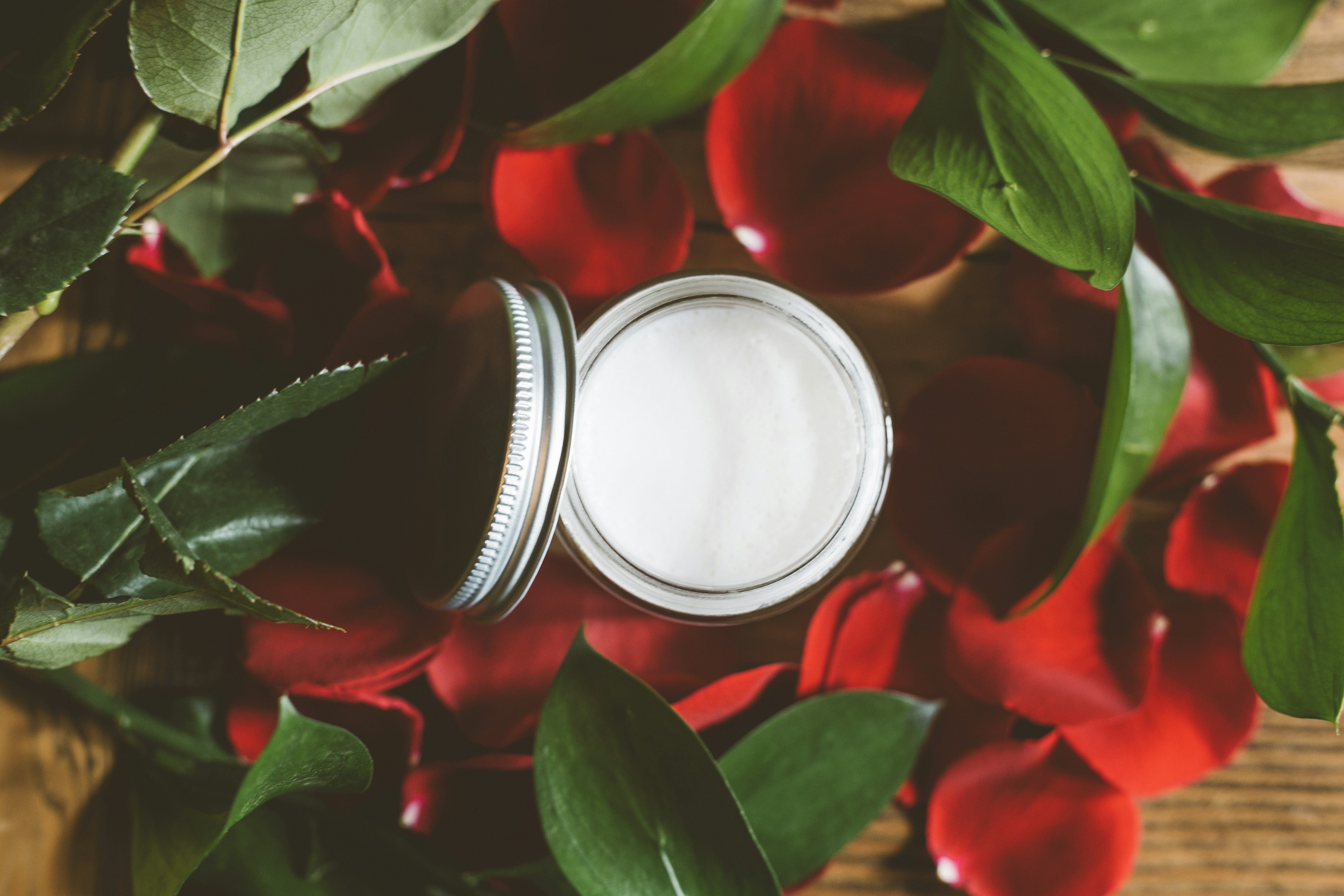Sometime in your mid 40s, you may have started to notice the light brown spots on the side of your neck, and then a few on your shoulders. When some seemed darker than others, you considered getting treatment, but let it go because you thought that they’re simply a sign of aging. You did use to spend a lot of time at the beach and knew what not wearing sun screen could do to your skin and skin tone. Now, though it may seem like too much trouble to deal with.
If all of this is true, you should probably know that there are many simple ways to treat the dark spots that can come with age. Here some tips that can help with unwanted pigmentation, no matter what sensitive skin you have.
1. Creams

There are dozens on of products out there promising all kinds of solutions to your dark spots, but they’re not all to be trusted. For the best skin lightening, you should seek out products containing niacinamide, arbutin and whitonyl. Make sure that, in addition to all these ingredients, the cream you choose does not have any mercury in it. Mercury is poisonous and should be avoided at all costs.
If you get your hands on the best skin lightening cream, you can expect to see noticeable fading of skin blemishes within one to three months. These are creams that interrupt melanin, which is the chemical that is responsible for skin discoloration, and remove dead skin cells, making way for new, lighter cells to rejuvenate your skin. If you want to treat your age spots, a skin lightening cream is the easiest solution you’ll find.
2. Lemon Juice
When the citric acid of lemons is applied to the skin it can help brown spots fade and eventually disappear. However, the acidic nature of lemon juice can make it irritating to some people’s skin and can cause redness and peeling.
In order to use this method, dip cotton balls into the lemon juice and use them to apply it to the dark spot areas. You should let it be absorbed for 15 minutes as it dries naturally and then rinse the applied areas with water.
3. Chemical Peels
During a chemical peel a dermatologist or other qualified skin care practitioner applies chemicals that lead to a controlled destruction of a part or of the entire epidermis, with or without the underlying dermis. This results in pealing of a layer of the skin off of your face, and can reduce or remove age spots. Chemical peels are typically done in the office. Web MD urges wearing broad spectrum sunscreen every day after a chemical peel that is SPF 30 or more.
4. Laser Treatments
During these treatments, a laser is used to target specific spots and destroy them. Laser treatment has become one of the more effective treatment methods for the removal of age spots, says the Skin Care Guide. Laser surgery certainly has no guarantees of providing permanent relief, as there is the possibly that new spots can occur, but it can certainly provide temporary relief.
5. Cryotherapy
Cryotherapy involves a dermatologist freezing the darkened cells on your skin. As the skin heals, it looks lighter. While this may sound magical, the American Academy of Dermatology Association warns that treatment can be painful. After treatment patients might have some pain, a blister or temporary redness and swelling, it says. Possible permanent side effects include darkening of an age spot, lightening of the skin around the age spot or a scar.
There are many ways to deal with these spots if you don’t like wearing them as a sign of your time. Whether you prefer the old-fashioned use of lemon juice or rubbing cream on the areas, whether you choose to use lasers or to freeze the cells with cryotherapy, the various methods have their own levels of effectiveness. Finding the one that works for you as well as consulting with a dermatologist can help make your skin age spot free.

